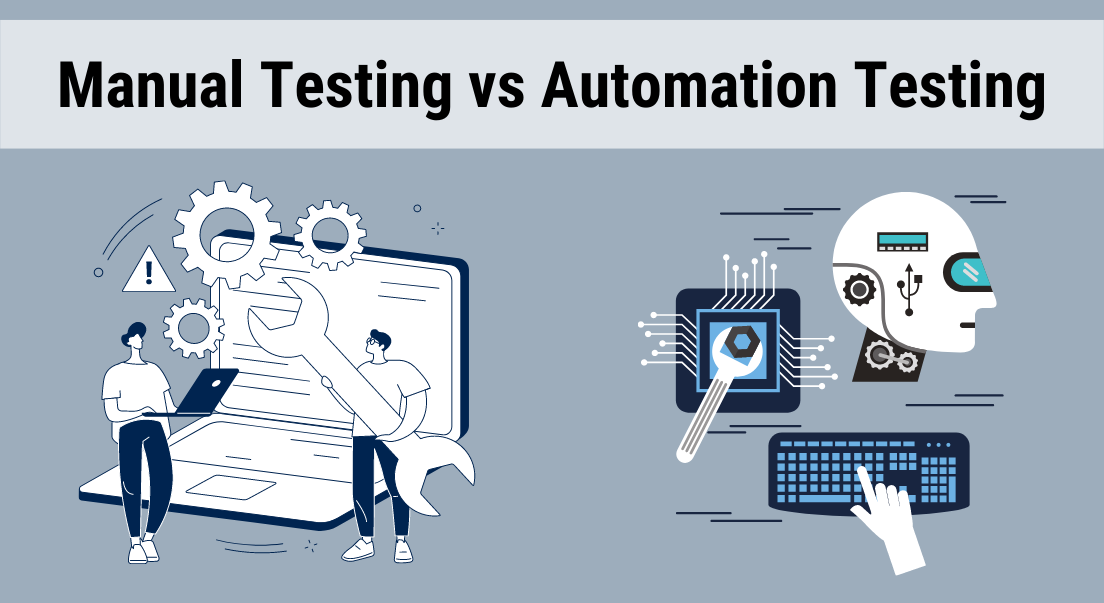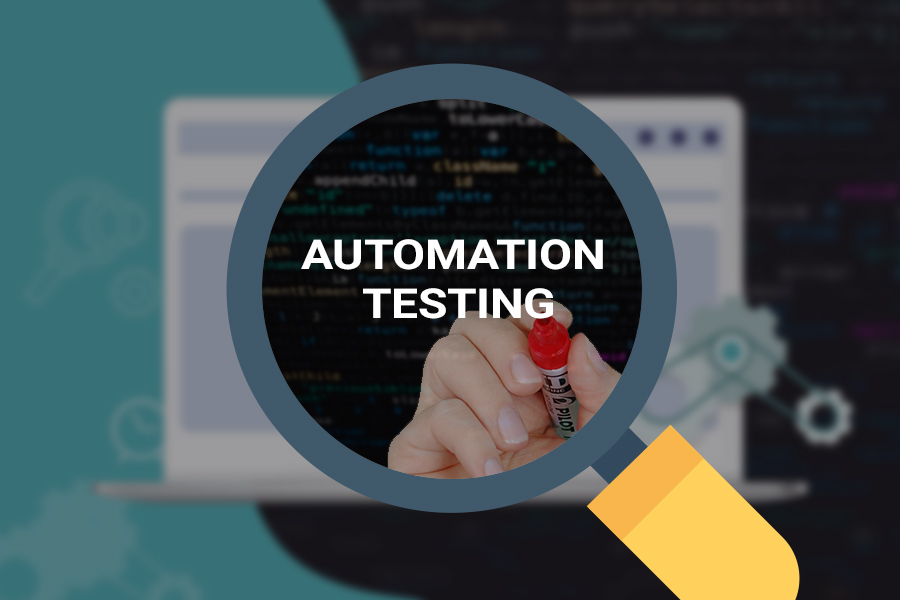From Guidebook to Automated Screening: A Comprehensive Overview to Transitioning Smoothly and Effectively
In the realm of software testing, the change from handbook to automated procedures has come to be a progressively essential shift for companies seeking to improve efficiency and precision in their screening methods. The trip from manual to automated screening is not without its challenges, however when approached tactically and with a clear strategy in mind, the benefits can be considerable.
Advantages of Automated Evaluating
Automated screening supplies numerous advantages, enhancing efficiency and accuracy in software application advancement processes. Automated tests can be run concurrently on several tools and running systems, substantially speeding up the screening stage contrasted to hands-on screening.
Additionally, automated screening makes sure a greater level of accuracy in finding flaws. Considering that automated examinations comply with predefined scripts, human error is decreased, bring about even more reputable examination outcomes. Consistency in testing is also improved, as automated examinations carry out the exact same steps precisely each time they are run. This uniformity is critical in making sure that all performances of the software application are extensively evaluated, lowering the chance of unseen pests slipping via to manufacturing.
Picking the Right Tools

Firstly, assess your purposes and demands. Comprehend the scope of your project, the modern technologies entailed, and the capability of your team. This evaluation will certainly assist you identify the abilities and functions you require in your screening devices.
Secondly, take into consideration the compatibility of the devices with your existing systems and processes. Smooth combination with your current software growth lifecycle is necessary to make sure a smooth shift to automation.
In addition, examine the scalability and versatility of the tools. As your screening requires evolve, the devices ought to have the ability to adapt and accommodate changes efficiently.
Lastly, variable in the assistance and community around the devices. Robust assistance and an active user community can supply important sources and support when applying automated testing. By thoroughly taking into consideration these elements, you can pick the right tools that line up with your needs and set the stage for an effective transition to automated testing.
Composing Reliable Examination Scripts

When crafting examination manuscripts, it is important to consider the certain why not find out more requirements of the software program being tested and make certain that the scripts attend to all crucial capabilities. Descriptive and clear calling conventions for test scripts and examination cases can improve readability and maintainability. In addition, integrating mistake handling devices within the test manuscripts can aid in identifying and attending to concerns quickly.
Moreover, arranging test scripts into modular parts can boost reusability and scalability, decreasing redundancy and boosting performance in test script upkeep. Normal testimonials and updates to test scripts are vital to equal evolving software application demands and capabilities. By following these principles, testers can produce reliable and durable examination manuscripts that add dramatically to the success of automated screening procedures.
Integrating Automation Into Workflows
Efficient integration of automation tools into existing workflows streamlines processes and enhances productivity within software development cycles. When incorporating automation right into operations, it is critical to recognize recurring jobs that can be automated to conserve time and minimize human mistake. By perfectly integrating automated testing devices like Selenium or Appium right site web into the software application advancement lifecycle, teams can achieve faster responses on code adjustments, causing quicker insect detection and resolution. This integration permits for continual screening throughout the advancement process, making certain that any kind of problems are identified at an early stage, resulting in greater software application quality. Additionally, automation can be made use of to activate tests instantly after each code dedicate, providing prompt recognition and liberating testers to concentrate on more facility situations. Proper assimilation of automation tools requires partnership between growth, testing, and procedures teams to develop a unified process that optimizes performance and effectiveness in supplying top notch software.
Guaranteeing a Smooth Change
Effectively transitioning to automated screening involves careful preparation and careful execution to maximize and reduce interruptions performance in the software program development process - automation testing. To ensure a smooth transition, it is important to begin by performing a thorough assessment of the current testing processes and identifying areas where automation can bring the most significant benefits. Engaging with all stakeholders early on at the same time, including programmers, testers, and task supervisors, is critical for amassing assistance and buy-in for the automation campaign
Interaction is crucial during this transition phase. Clear interaction of the objectives, advantages, and expectations of automated testing helps to manage any resistance or problems that might emerge. In addition, supplying sufficient training and resources for staff member to upskill in automation devices and methods is important for ensuring an effective shift.

Conclusion
Finally, transitioning from manual to automated testing provides many advantages, consisting of raised performance and integrity. By picking the appropriate devices, creating effective test scripts, and incorporating automation flawlessly right into operations, companies can make sure a effective and smooth shift. It is necessary to embrace automation as a useful asset in software screening processes to enhance general top quality and productivity.
In the realm of software program screening, the change from handbook to automated procedures has ended up being a progressively important change for companies looking for to enhance efficiency and precision in their testing practices. Automated examinations can be run all at once on several devices and running systems, substantially speeding up the testing phase contrasted to hands-on screening. Consistency in testing you could check here is likewise improved, as automated examinations carry out the same actions exactly each time they are run.To ensure the effective implementation of picked testing devices, the creation of reliable test manuscripts plays a vital role in verifying the functionality and efficiency of automated processes - automation testing. By complying with these concepts, testers can produce durable and efficient examination manuscripts that contribute dramatically to the success of automated testing procedures